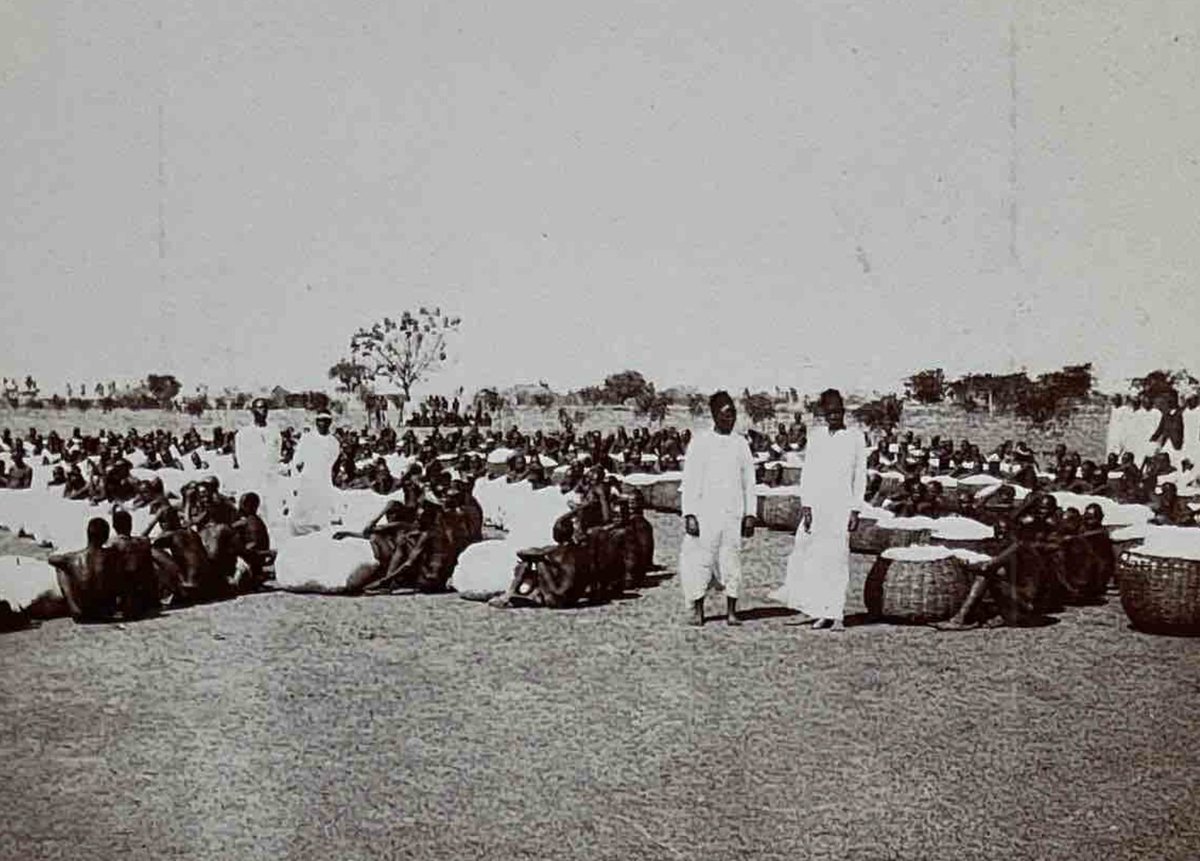The HMS Uganda was a Fiji-class light cruiser during the Second World War. According to declassified records, at 248pm on 13 September 1943, HMS Uganda was in Salerno Bay, Italy, about 1.5 miles off the shoreline. 1/8 

While anchored, a bomb descended vertically and entered the ship just abaft the mainmast. It then penetrated all decks and exploded near the After Engine Room, Starboard side. A diver was deployed to assess the damage underneath the ship. 2/8 

The ship was relocated but faced additional fire throughout the night, including 3 light-scale air attacks. Intelligence reports suggest that the ship had been struck by a heavy armour-piercing bomb, 3/8 

likely a Radio Corrected Bomb weighing 1400 kilograms and dropped from 18,000 feet. The images in this thread are part of the ship's declassified records and reports. 4/8 

• • •
Missing some Tweet in this thread? You can try to
force a refresh




















